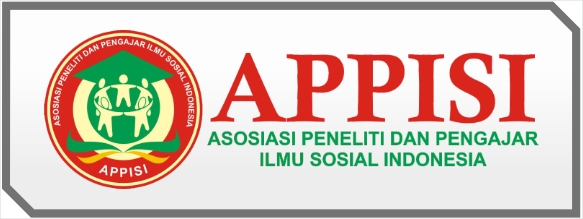Analisis Kekuasaan dalam Interaksi Badut di Lampu Merah: Pendekatan Teori Kekuasaan Foucault
DOI:
https://doi.org/10.59581/harmoni-widyakarya.v1i1.461Keywords:
Clowns, Red Lights, Foucault's Theory of Power, Resistance, Public Space.Abstract
This study aims to analyze the power dynamics that occur in the interaction between a clown and a driver at a red light using Michel Foucault's power theory approach. Clowns at red lights are often objects of interest to motorists and pedestrians, but their role in public space is rarely examined from a power perspective.
This study uses a qualitative research method with a case study approach to gain an in-depth understanding of the clown's interaction at the red light. Data was collected through participant observation, interviews with clowns, and content analysis from social media that describes these interactions. The results showed that clowns at red lights use various strategies to attract the attention of motorists, such as funny gestures, flashy costumes, and silly actions. However, behind the fun and joy shown by the clown, there is a hidden power structure. Through the use of humorous actions, clowns are able to change the dynamics of public space, divert the attention of motorists from existing traffic rules, and form alternative narratives about that space.
This study also shows that the presence of a clown at a red light involves a complex power and knowledge relationship between the clown, the driver, and the general public. Clowns use their symbolic power to control people's perceptions and evaluations of public space, as well as to go beyond the rules and norms that apply. Using Foucault's theory of power, this study provides a new understanding of the clown's interaction at the red light as a form of resistance to existing power. This research also describes how clowns, as actors who are underestimated by many people, can utilize their power to shape and reconstruct meaning and experience in public space.
References
Mulyono, D. J. (2009). LINIVERSITAS IEMBER DESEMBER 2OO9.
Prasetyo, H. (2013). SOCIOLOGY OF SPACE: SEBUAH BENTANGAN TEORITIK.
Sari, R. (2016). Pemberdayaan Masyarakat Melalui Pengembangan Usaha Pariwisata.
Creswell, J. W. (2015). Penelitian Kualitatif & Desain Riset. Yogyakarta: Pustaka Pelajar.
Downloads
Published
How to Cite
Issue
Section
License
Copyright (c) 2023 Gymnastiar Tira Wicaksana, Fatach Toriqo Abimanyu, Septianto Hary Prassetyo

This work is licensed under a Creative Commons Attribution-ShareAlike 4.0 International License.














